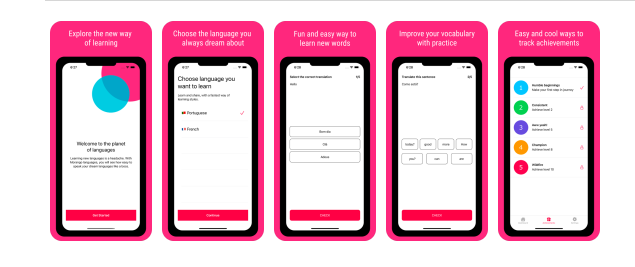Posted on 10 Mar 2021 . 3 min read
You built your iOS app after lot of hard work and now is the time to list your app on App Store. When you list your app on App Store you need screenshots which shown on App Store. These screenshots have a significant impact on app download. These screenshots define your app and encourage users to download it.
When you upload screenshots make sure that iPhone screenshots must be capture in iPhone it shouldn’t taken in iPad and the same will apply on iPad screenshots otherwise your app will be rejected by App Store and shows status to “metadata rejected”.
Your screenshots must show core concept of your application. Because screenshots helps users to understand app’s functionality. You might be add promotional data in screenshots but it must maintain original UI of application.

Apple provide maximum 10 screenshots for each screen size and screenshots must be in PNG and JPG formats. You have to put one set of screenshots per device and it will be used in all devices with same sizes. If your app supports dark mode then you must upload at least one screenshot in dark mode to helps users how app will looks like in dark mode.
Now you have to upload for few device sizes and it will automatically scale for same device sizes. You have to upload screenshots for only following sizes:

You don't need real devices to capture screenshots it can be capture with simulater. The required simulaters for screenshots for above screen categories are iPhone 11 pro max, iPhone 8 plus, iPad Pro(3rd generation)

Conclusion
When you make your app always keep in mind that good screenshots helps your app to download more. You should always keep try to make good marketing strategy and promotions to increase downloads and make revenue from your app.
Don’t hesitate to contact me if you have any questions or queries. Follow me on twitter @gurjitpt for any updates.
Thanks!
Share this article
Written By

Gurjit Singh
I’m Computer Science graduate and an iOS Engineer who writes about Swift and iOS development. Follow me for more updates:
Discover articles by topics
SwiftUI Class Struct Networking XCode NSCache Enum Optionals Property Observers Closures Guard Reviews StoreKit App Store Algorithms Testing Operators Protocol Extensions Weak Unowned SwiftData WWDC23 GCD API Admob SwiftLint Lottie Foreach Objective-C UIKit NavigationSplitView